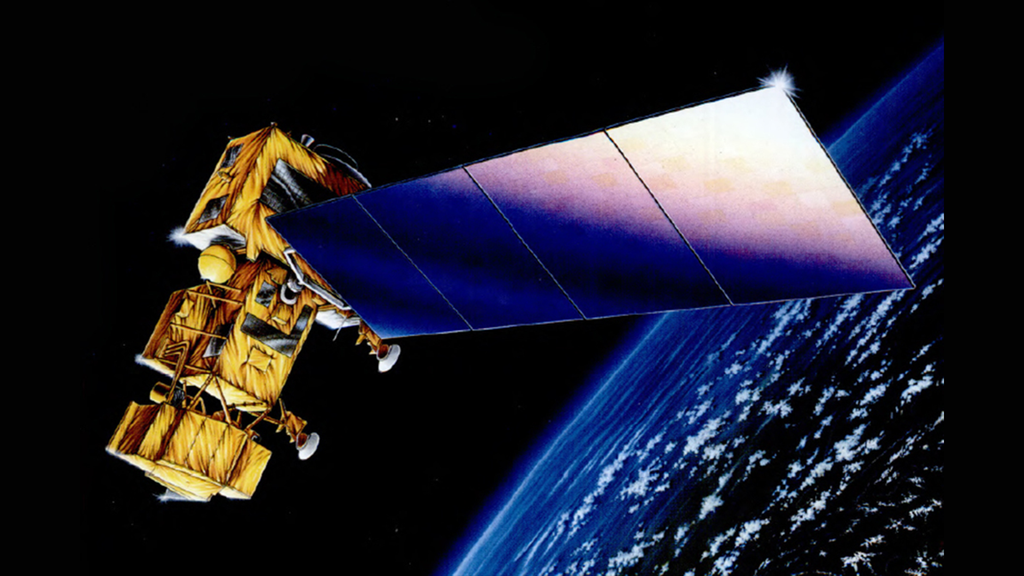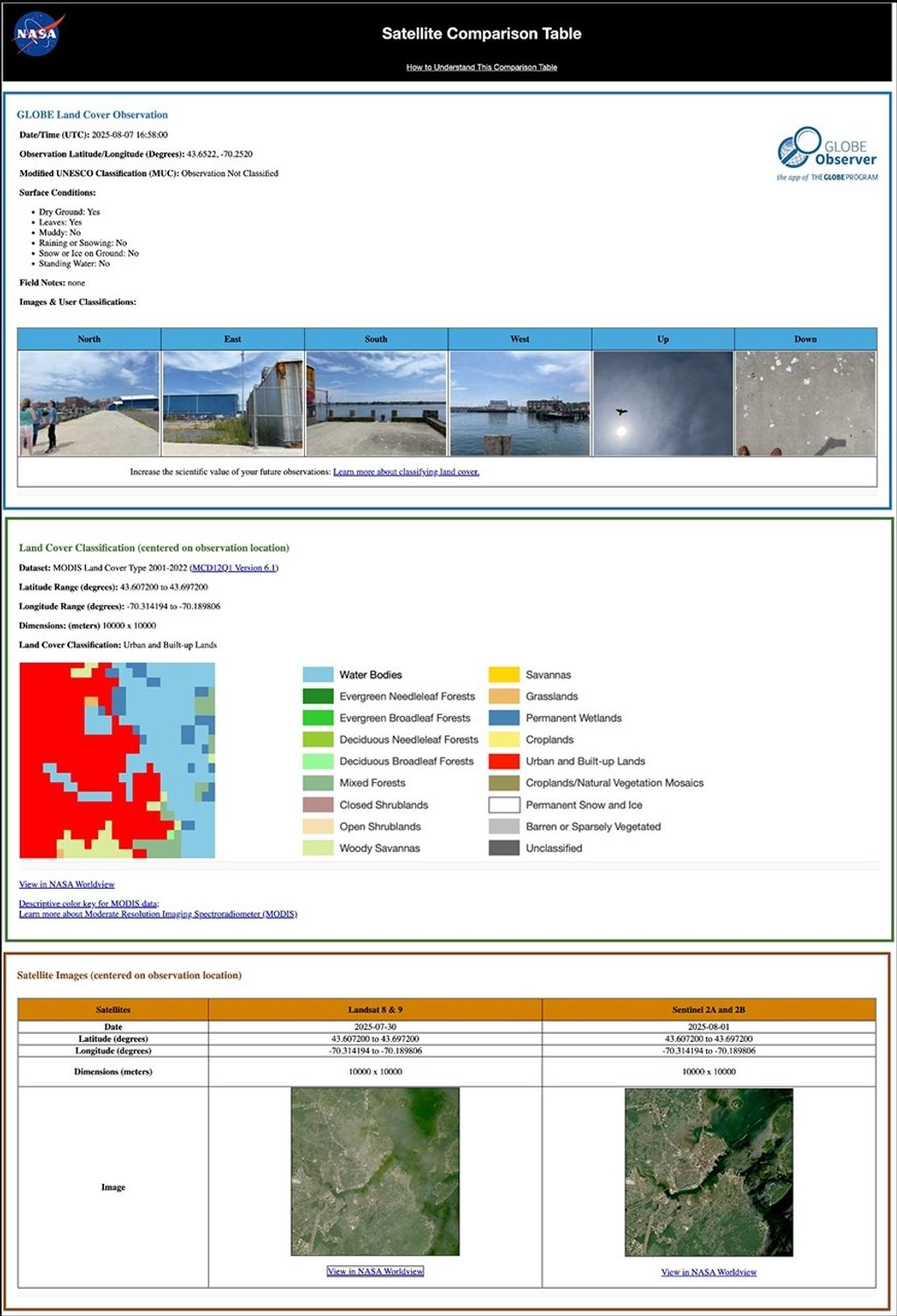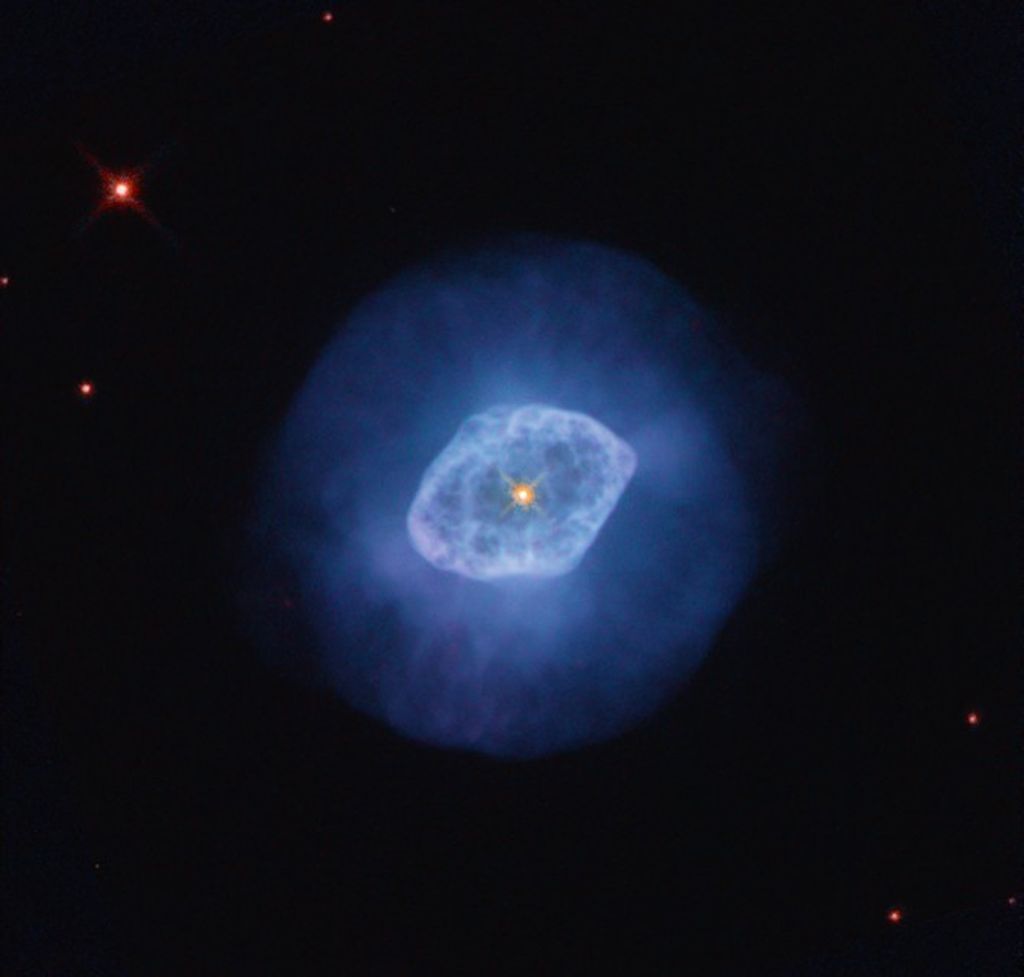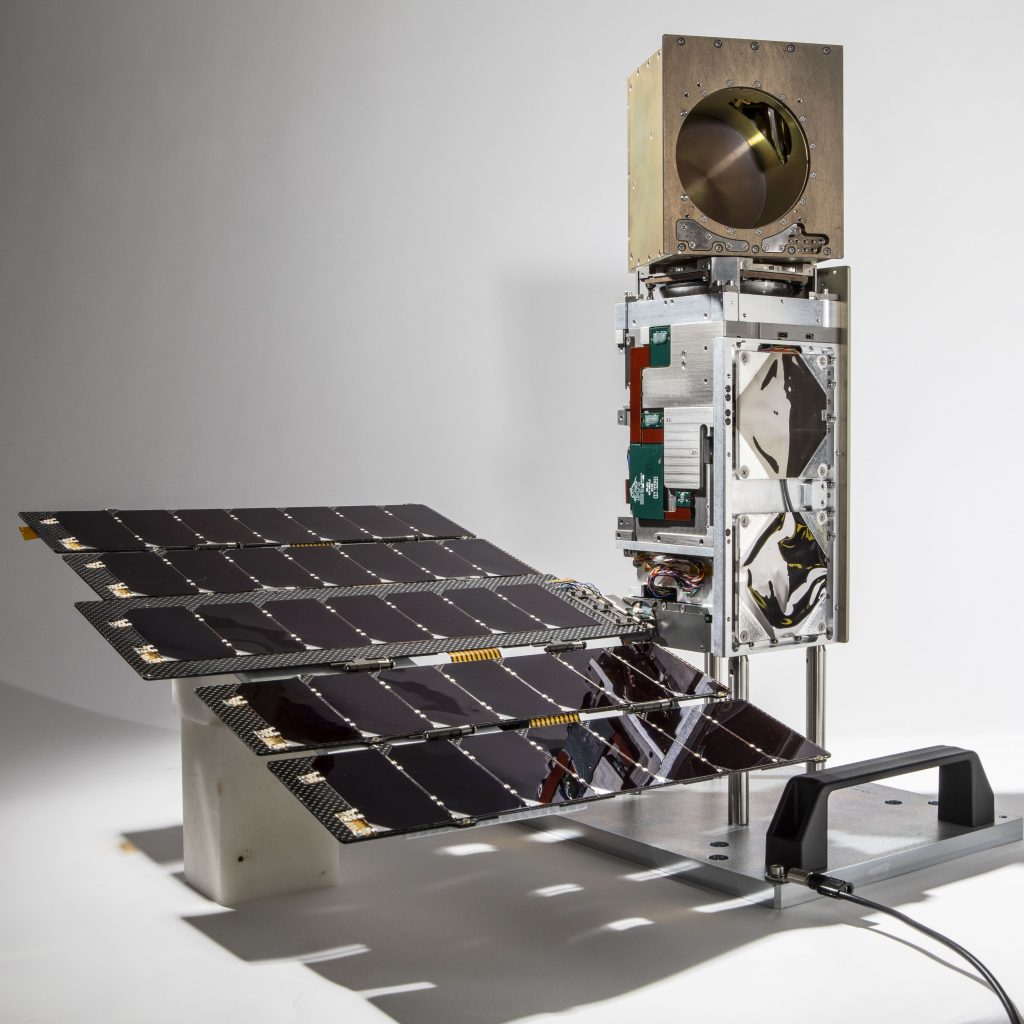NASA’s TROPICS Completes Storm-Studying Mission
A NASA mission that studied the interior of hurricanes collected its final data on Nov. 12, as the last two CubeSats in its fleet were powered down prior to re-entering Earth’s atmosphere.
The TROPICS (Time-Resolved Observations of Precipitation structure and storm Intensity with a Constellation of Smallsats) mission originally consisted of four identical, milk carton-sized satellites that launched in May 2023. Although the TROPICS mission has reached its natural end of life, researchers will continue to use mission data to improve their understanding of tropical cyclones and how they intensify.
Each CubeSat carried a microwave radiometer to detect the temperature, moisture, and precipitation of a storm, allowing scientists to better understand how storms form and intensify. While other satellites could make similar observations of a storm every six to 12 hours, the four CubeSats of the TROPICS mission together collected data about once an hour, providing more insights into the evolution of tropical cyclones and helping to improve forecasts.
In June 2023, the first images from the mission were released of Hurricane Adrian, and TROPICS ultimately gathered approximately 11 billion observations during its lifetime. Observations of Hurricane Melissa making landfall as a Category 5 hurricane over Jamaica on Oct. 28 rounded out the mission’s final days.
With a prime mission originally intended to last for one year, mission operations were extended to cover both the 2024 and 2025 North American hurricane seasons. The data collected by TROPICS were used by forecasters at the National Hurricane Center and the Joint Typhoon Warning Center to improve their forecasts. These data allowed forecasters to see the instantaneous structure of the storms, as well as how they evolved.
TROPICS is an Earth Venture Instrument mission led by the Massachusetts Institute of Technology’s (MIT) Lincoln Laboratory, with a team including researchers from NASA, the National Oceanic and Atmospheric Administration (NOAA), and several universities and commercial partners.
Technology developed by the TROPICS mission continues on in commercial weather satellite instruments.



























